6061 Aluminum Flange Dimensions
Compared to traditional carbon steel or stainless steel flanges, 6061 aluminum flanges are favored not only for their good strength and weldability but also for their low density and excellent machinability. They are widely used in aerospace, marine, automotive, pressure vessels, and piping systems.
6061 Aluminum Flange Temper States
MC Aluminum offers flanges in three typical tempers:
6061-O (Annealed): Provides the highest ultimate tensile strength.
6061-T4: Offers high tensile strength after solution heat treatment.
6061-T6: Undergoes precipitation hardening for maximum strength. It also exhibits excellent corrosion resistance, making it ideal for marine and high-humidity environments.

Core Dimensional Parameter System
The size of a 6061 aluminum flange is defined by nominal diameter (DN/inch), pressure rating, and sealing face type:
(1) Nominal Diameter Range
Imperial: 1/2 inch to 18 inches (covers DN15–DN450 piping systems)
Metric: DN40, DN50, DN65, DN80, DN100, DN125, DN150, DN200, DN300, etc.
(2) Pressure Ratings and Corresponding Thickness
| Pressure Standard | Rating | Typical Applications | Flange Thickness Range |
| ANSI | 150#, 300# | Low-pressure chemical piping | 12–35 mm |
| DIN | PN6–PN40 | Industrial fluid systems | 10–50 mm |
| JIS | 5K, 10K | Japanese equipment interfaces | 15–40 mm |
Note: High-pressure ratings (e.g., ANSI 600# and above) require increased thickness and reinforcement rib designs. | |||
(3) Sealing Face Types and Dimensional Characteristics
| Type | Feature Description | Recommended Use |
| Flat Face (FF) | Full contact sealing, minimal thickness | Suitable for PN ≤ 1.6 MPa |
| Raised Face (RF) | Outer ring raised 0.5–1.5 mm, enhanced sealing pressure | Suitable up to PN 40 |
| Tongue & Groove (TG) | Precisely matched structure for hazardous media | Ideal for flammable/explosive systems |
Aluminum Flange International Standard Size Comparison
Example: 6061-T6 Slip-on Flange
| Nominal Pipe Size (NPS) | Outside Diameter (OD) | Bolt Circle Diameter (BCD) | Number of Bolts | Bolt Hole Diameter | Flange Thickr |
| 1/2" | 3.50 in (88.9 mm) | 2.38 in (60.5 mm) | 4 | 0.62 in (15.7 mm) | 0.44 in (11.2 mm) |
| 1" | 4.25 in (108.0 mm) | 3.12 in (79.5 mm) | 4 | 0.62 in (15.7 mm) | 0.50 in (12.7 mm) |
| 2" | 6.00 in (152.4 mm) | 4.75 in (120.7 mm) | 4 | 0.75 in (19.1 mm) | 0.62 in (15.7 mm) |
| 3" | 7.50 in (190.5 mm) | 6.00 in (152.4 mm) | 4 | 0.75 in (19.1 mm) | 0.75 in (19.1 mm) |
| 4" | 9.00 in (228.6 mm) | 7.50 in (190.5 mm) | 8 | 0.75 in (19.1 mm) | 0.88 in (22.4 mm) |
| 6" | 11.00 in (279.4 mm) | 9.50 in (241.3 mm) | 8 | 0.88 in (22.4 mm) | 1.00 in (25.4 mm) |
| The above are general dimensions for ANSI Class 150. In actual projects, they should be confirmed according to the pressure level (such as 150#, 300#, 600#) and specific standards. | |||||
| Made of 6061-T6 aluminum alloy, it has good mechanical properties and corrosion resistance, suitable for medium and low pressure systems, lightweight requirements and marine applications. | |||||
| Non-standard sizes can also be customized, and the specific design parameters need to be confirmed with the supplier. | |||||
MC Aluminum Precision Manufacturing: Key to Dimensional Value
Whether for standard or custom sizes, the performance of a 6061 aluminum flange heavily relies on manufacturing precision. The following factors highlight the importance of precision manufacturing in achieving dimensional reliability:
| 1. CNC Machining Dominance | Computer numerical control (CNC) machining is the main means of manufacturing high-precision 6061 aluminum flanges. Through precise turning, milling, drilling and other processes, extremely high dimensional tolerances and surface finish can be achieved, which is essential to ensure the flatness of the flange surface, the precise alignment of the bolt holes, and the quality of the sealing surface. |
| 2. Tolerance Control & Fit | Strict dimensional tolerance control ensures interchangeability and sealing performance. Key dimensions must be kept within precise ranges to guarantee compatibility with mating flanges, gaskets, and fasteners, thus preventing leakage and stress concentrations. |
| 3. Impact of Surface Treatments | Processes such as anodizing, hard anodizing, or chemical conversion coating are primarily used to enhance corrosion or wear resistance. However, they may slightly affect final dimensions. Precision designs must account for this thickness increment to ensure final product size remains within specification. |
| 4. Forging + Machining Integration | For flanges requiring higher strength and better internal structure, forging can be used. Forged billets followed by precision machining offer the dual benefits of improved mechanical performance and dimensional accuracy. |

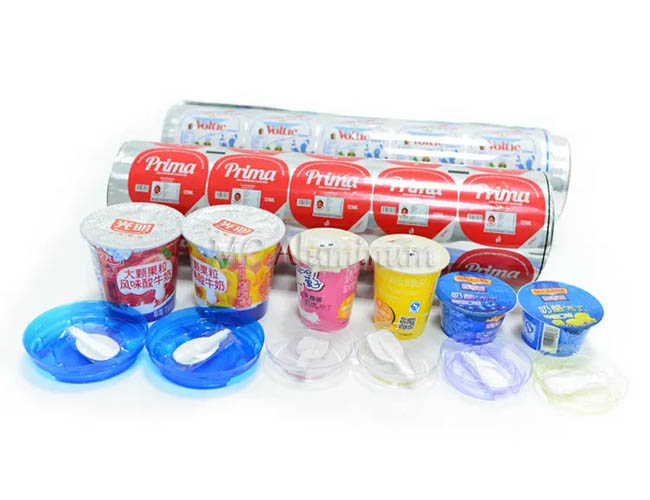
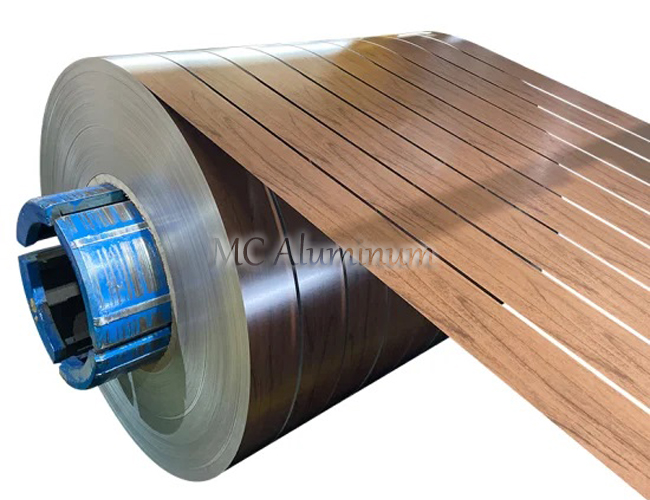
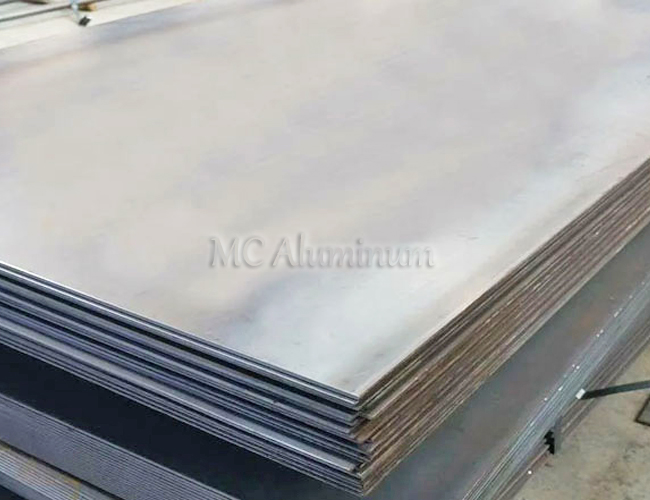
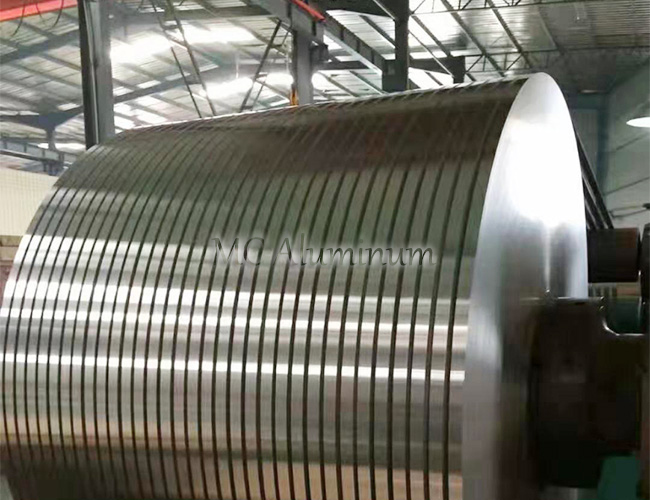
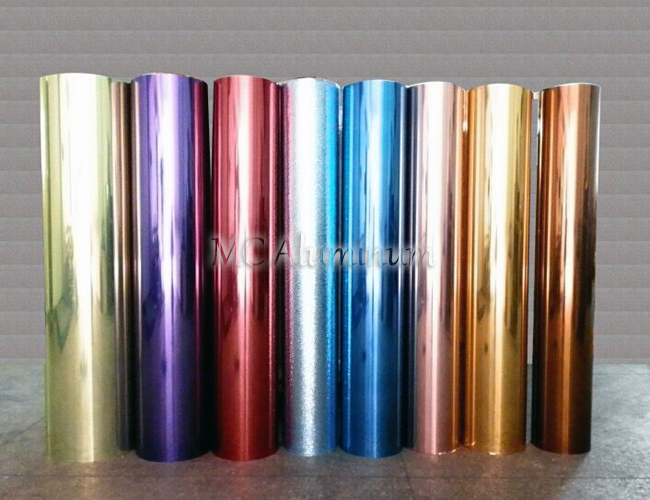
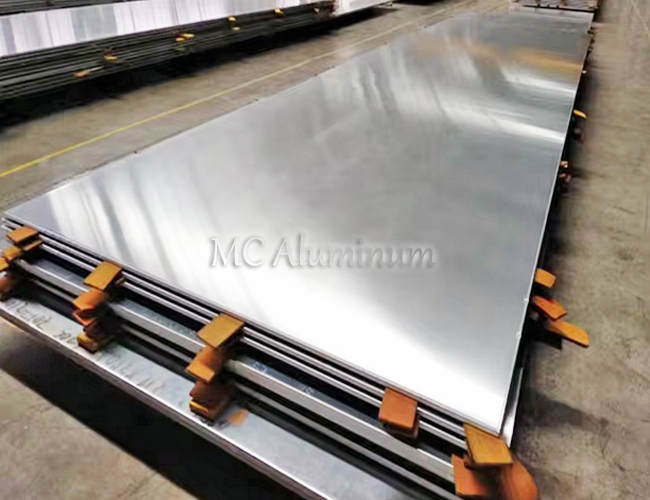
Contact Us